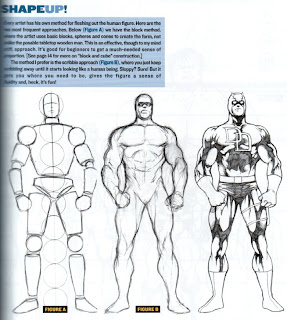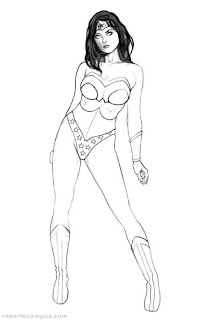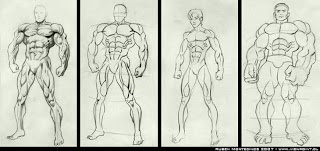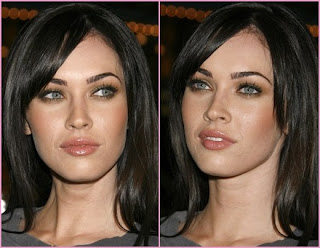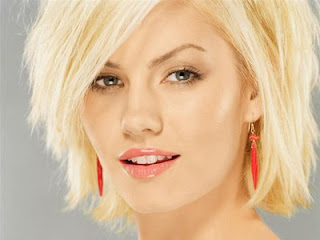Stage 1: Assessment of Ability
The first part of the lesson involves finding potential strengths as well as potential weaknesses in my student's abilities. I will ask for three drawings to be created, a drawing of a person, a drawing of a small still life setup, and a drawing of a building. These will be simple sketches, taking five to ten minutes to create each.
Stage 2: Improvement of Weaknesses
After drawing three sample pieces, my student and I will pick the one that we agree needs the most work and we will focus on improving his technique in this area for the next couple classes. I will bring "how-to" manuals on improvement of this area and I will also try and lend my skills to helping improve his technique.
Stage 3: Assessment of Improvement
At the end of the first day, we will have created three sketches, as well as a few sketches of the area that needs improvement. At the end of the session, we will step back and review what has been learned over the course of the lesson. We will discuss the plan for next lesson, what worked and what didn't and I will assign some sort of small homework involving making a drawing or two for the next week's session.
